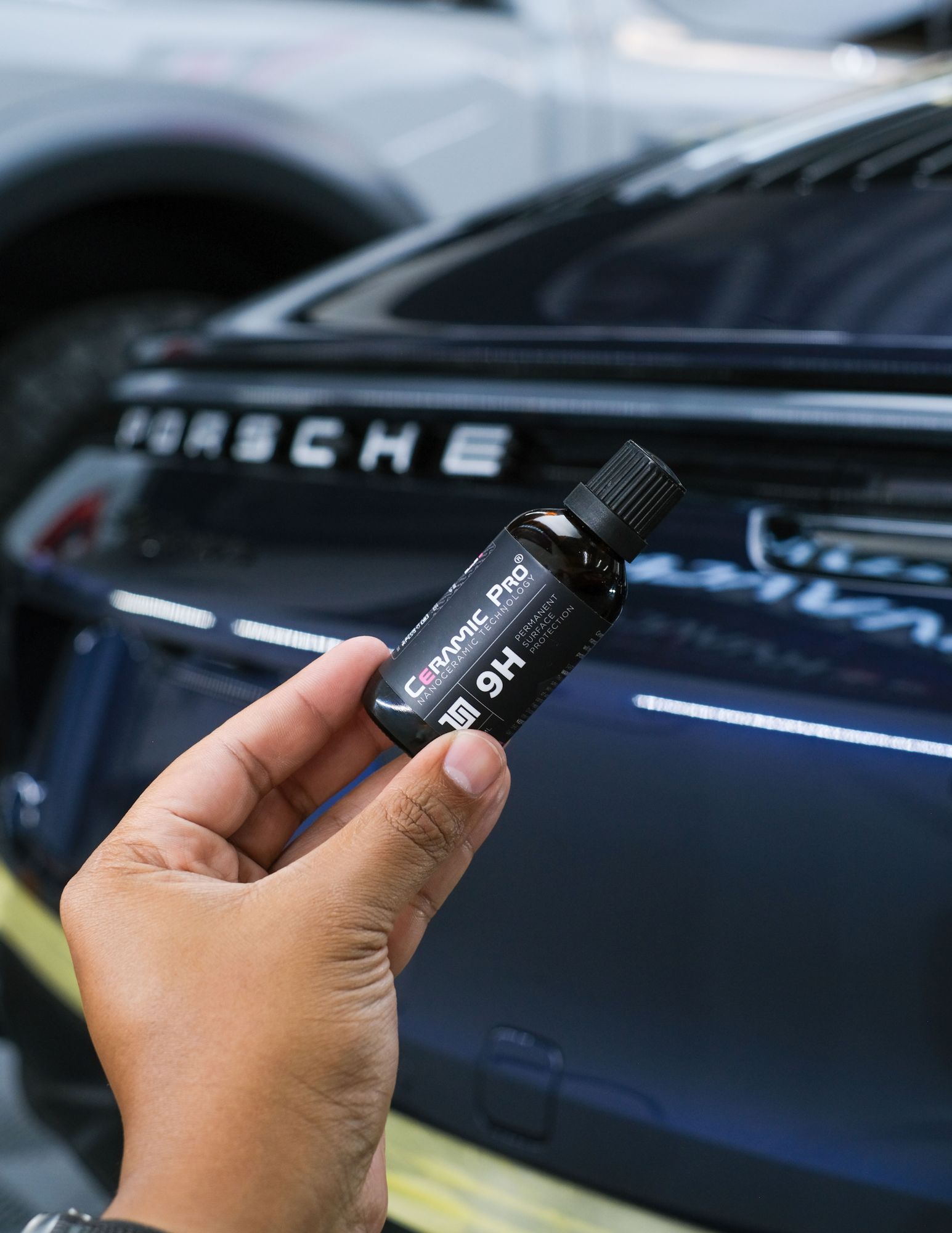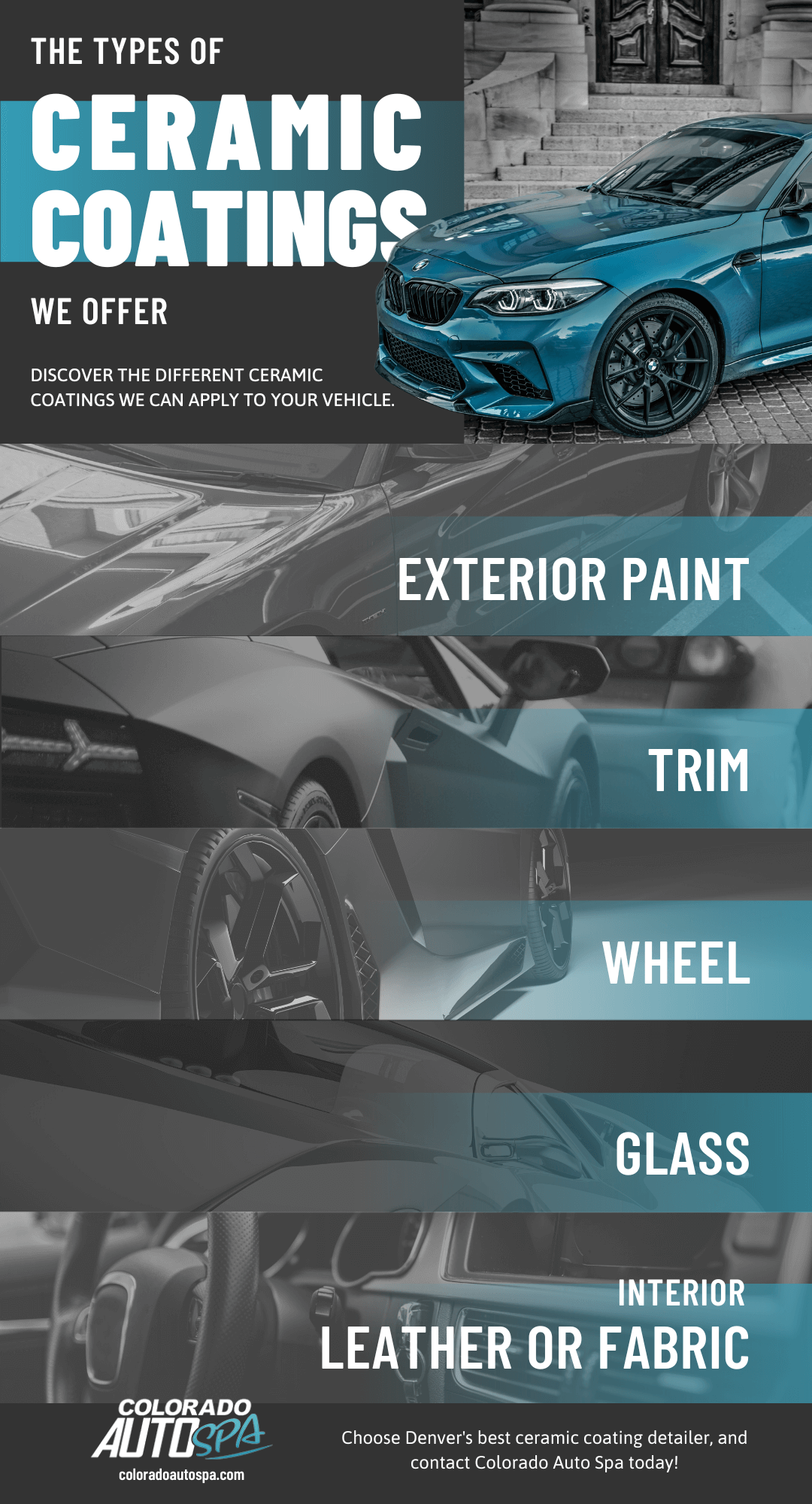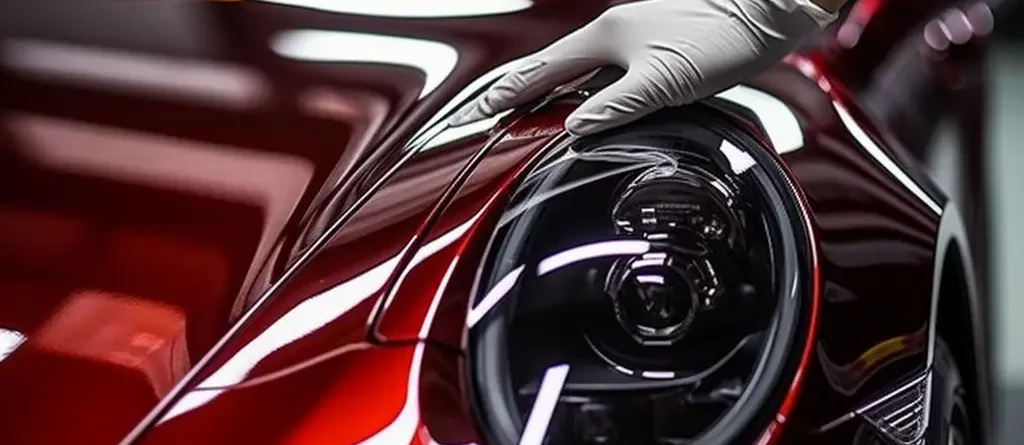How Ceramic Coating Enhances Your Vehicle's Protection and Appearance
How Ceramic Coating Enhances Your Vehicle's Protection and Appearance
Blog Article
Ceramic Covering vs. Conventional Wax: Which Offers Much Better Long-Term Protection?
The argument in between ceramic coatings and standard wax for lorry protection has amassed considerable interest amongst automobile fanatics and professionals alike. Ceramic layers boast remarkable durability and resistance to ecological variables, yet the complexity of their application increases questions about ease of access and functionality.
Introduction of Ceramic Finish
Ceramic finish has actually gotten substantial appeal among auto enthusiasts and detailers alike due to its sophisticated protective qualities. This innovative innovation is developed to develop a sturdy, hydrophobic shield over a lorry's paint surface area, significantly boosting its resistance to ecological pollutants such as dust, UV rays, and chemical discolorations. Unlike conventional wax, which supplies a short-lived layer of security, ceramic coatings bond at a molecular degree with the paint, offering durable resilience-- often expanding past two years with proper maintenance.
The application process entails meticulous preparation of the lorry's surface area, including cleaning and polishing to ensure optimal adhesion. As soon as applied, the finish treatments to form a durable layer that not only includes depth and gloss to the paint but likewise streamlines maintenance. With its hydrophobic properties, ceramic finishing permits water and dust to glide off more conveniently, minimizing the frequency of cleans and minimizing the danger of swirl marks.
Moreover, ceramic layers are offered in numerous formulas, permitting users to select products customized to their certain needs and preferences. Overall, ceramic coating stands for a considerable advancement in paint protection technology, providing superior efficiency contrasted to standard choices.
Overview of Conventional Wax
Generally regarded as a staple in automobile care, wax works as a prominent selection for those seeking a straightforward method to enhance and secure their lorry's paint - ceramic coating. Automotive wax normally makes up all-natural ingredients, such as carnauba, or artificial substances, created to create a safety layer on the surface area of the paint. This layer not just boosts the vehicle's gloss and radiate but also offers an obstacle versus ecological contaminants
The application of wax is generally easy to use, making it easily accessible for both specialists and Do it yourself enthusiasts. As soon as applied, wax needs a treating duration, after which it solidifies to develop a protective covering.
However, while wax works for enhancing the visual allure of a car, it is necessary to keep in mind that the defense it offers may require more constant reapplication compared to alternative products, such as ceramic layers. Overall, standard wax stays a favored alternative for those focusing on ease of use and immediate aesthetic renovation.
Toughness and Long Life Comparison
While both ceramic layers and standard wax deal protective advantages for automobile paint, their durability and long life vary dramatically. Typical wax, commonly made from all-natural carnauba or artificial polymers, typically provides a safety layer that lasts about 3 to six months. This relatively short life-span requires regular reapplication to maintain ideal security.
In contrast, ceramic coverings are engineered from innovative nanotechnology, developing a covalent bond with the paint surface. This leads to a durable, hydrophobic layer that can sustain for 2 to 5 years, depending upon the product and ecological conditions. The remarkable longevity of ceramic finishings is credited to their chemical structure, which uses enhanced resistance to scrapes, UV rays, and oxidation.

Defense Versus Ecological Factors
Safeguarding a car's paint from ecological variables is vital for maintaining its appearance and worth gradually. Autos are constantly revealed to here a variety of components, consisting of UV rays, bird droppings, tree sap, acid rain, and road crud, every one of which can compromise the integrity of the paintwork.
Ceramic finishes provide a robust defense against these ecological assailants. Unlike traditional wax, which can weaken swiftly under UV exposure, ceramic coatings develop a resilient, hydrophobic layer that withstands the hazardous results of sunlight and toxic wastes. This advanced technology produces a chemical bond with the lorry's surface area, supplying premium security that lasts for many years, also in harsh conditions.
In comparison, ceramic coatings maintain their protective top qualities longer, substantially reducing the danger of paint damage and guaranteeing that the vehicle retains its visual charm. As a result, ceramic coatings are progressively recognized as the remarkable option for long-lasting protection against ecological variables.
Application and Maintenance Differences
The techniques of application and succeeding upkeep for ceramic coverings and conventional wax differ dramatically, influencing the overall individual experience and efficiency of each item. Ceramic coverings require a more elaborate application procedure, normally including surface preparation that consists of washing, decontaminating, and brightening the lorry. When the surface area is ready, the ceramic layer is used in a controlled setting, often requiring specialist knowledge to guarantee appropriate curing and bonding to the paint.

While both items improve vehicle appearance, the longer-lasting protection offered by ceramic finishes may warrant their preliminary investment, despite the even more demanding application procedure. Alternatively, traditional wax continues to be a preferred choice for those looking for a less complex, albeit temporary, solution.

Final Thought
To conclude, ceramic finishings demonstrate substantial benefits over typical wax in regards to durability and environmental security. With a life expectancy expanding two to 5 years and remarkable resistance to UV rays, dust, and chemical stains, ceramic coatings use a much more efficient solution for long-lasting car maintenance. The application process may call for professional experience, the resulting price financial savings and lowered regularity of reapplication emphasize the worth of ceramic coverings for those seeking optimum lorry protection.
The debate between ceramic coverings and conventional wax for automobile protection click this has actually amassed significant interest amongst automobile fanatics and specialists alike. Unlike traditional wax, which offers a short-lived layer of security, ceramic finishes read bond at a molecular level with the paint, providing lasting sturdiness-- usually prolonging past two years with proper maintenance.
While both ceramic finishings and conventional wax offer protective benefits for automobile paint, their longevity and durability vary substantially. For automobile enthusiasts looking for long-lasting defense, ceramic layers present a compelling advantage over traditional wax products.
In verdict, ceramic coatings show substantial benefits over traditional wax in terms of resilience and environmental defense.
Report this page